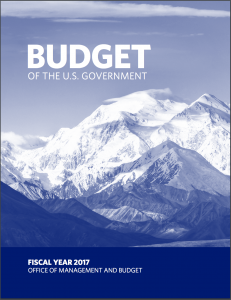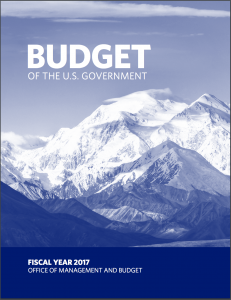
 A population increase of 70 million is expected in the United States over the next three decades. As the population continues to grow, so does the nation’s infrastructure deficit. The strains are already being felt nationwide.
A population increase of 70 million is expected in the United States over the next three decades. As the population continues to grow, so does the nation’s infrastructure deficit. The strains are already being felt nationwide.
Government officials at all levels and in all jurisdictions are being forced to make difficult choices about where to spend their dwindling revenues. Their financial toolkits are running low on options for taking care of major infrastructure needs – many of which would require multi-million-dollar projects. However, in recent years, many of those civic leaders have come to realize that a financial tool that was once little-known and seldom-used has become a viable financing option – the public-private partnership (P3).
President Barack Obama has long been a supporter of P3s as a means of solving the nation’s infrastructure problems. In his proposed FY 2017 budget released this week, that commitment is reaffirmed.
P3s are becoming more common as word spreads about successful collaborative projects between government and private-sector firms. Government officials are realizing that the rewards are many – not just in the capital the private sector brings to the table, but also through its experience and expertise. These collaborative projects often result in an accelerated delivery time and a savings to the public partner.
Among those applauding the president’s commitment to this type of collaboration is the Association for the Improvement of American Infrastructure (AIAI). The AIAI, a nonprofit that provides information to government leaders so they can make educated decisions regarding P3s, stresses that although public investment is still paramount to completion of infrastructure projects, private capital and private-sector expertise can also play an important role in bringing these projects to fruition.
The president’s support for P3s in his budget proposal addresses some established programs while also creating new ones, according to an AIAI briefing paper. Although efforts to create a National Infrastructure Bank have been unsuccessful in the past, the president’s budget again calls for adding this funding option to governments’ alternatives for paying for infrastructure needs.
The budget proposal also creates a new low-cost Qualified Public Infrastructure Bond (QPIB) that will promote P3s and attract billions of dollars in private capital for projects that include roads, bridges, airports, ports, rails and pipelines.
Another new proposal would create the Financing America’s Infrastructure Renewal (FAIR) program. Direct loans would be made through the program to eligible infrastructure projects developed through P3s.
The president’s budget also includes proposals that will help promote public-private partnerships through strengthening of existing financing mechanisms and programs that fund transportation, water, wastewater, storm water and other infrastructure projects.
Government officials are realizing that the private sector is an important part of the equation as they seek solutions to funding shortfalls. And the president agrees – collaboration is central to success.
